The Ecuador Inca Trail is a ~45km hike that follows the scattered remains of the Ecuadorian portion of the royal Inca road that used to link Cusco in Peru to Quito. It is a completely different experience to the more famous Inca Trail in Peru and you must not embark upon it expecting to see large numbers of Inca ruins along its length, nor an actual “road” for the most part.
Although the trail finishes at Ingapirca – Ecuador’s largest known Inca ruin – the joy of this portion of the Inca trail is the solitude, and the challenge to spot the various bits and pieces of what must have been an incredible path through some of the most fabulous scenery in Ecuador.
THE BASICS OF TREKKING THE INCA TRAIL
Closest Major City: Riobamba, Ecuador.
Start: The hike starts in the village of Achupallas, 3 hours’ drive (longer on a bus) from Riobamba.
Accommodations: Camping.
Costs: The cost of a guided trek (including all meals, transportation from Riobamba and accommodation) starts from around USD$350 (min 2 people). On top of this, you will need to get yourself to and from Riobamba. The trek can be done independently, but make sure you have a good map or GPS way points as the trail is not always obvious.
Length: 3 days.
When to Go: June through September are the best months, as these are the driest.

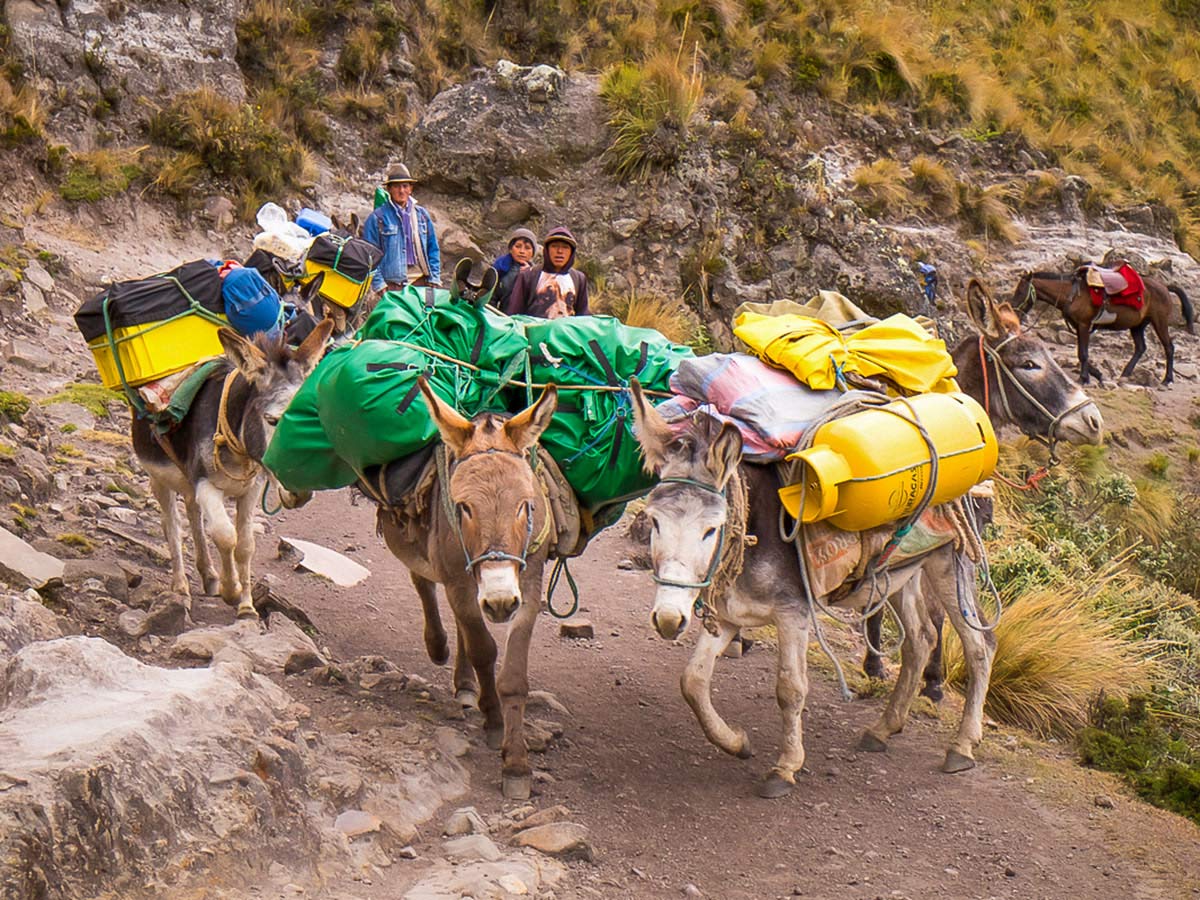
HEALTH
If you are joining a guided tour or have good navigational skills, there are only really two potential health issues while hiking the Ecuador Inca trail.
The first, is an upset stomach – an everyday concern in developing nations. To protect yourself from stomach bugs, make sure you drink only filtered or purified water, or water that has been boiled for several minutes. Also make sure that the food you are eating has been cooked thoroughly and is served hot.
Tour companies take many precautions to ensure their clients do not fall ill from stomach issues, so you will be fine so long as you eat and drink what the company provides. If you are traveling independently, make sure you boil your water well before using.
The second potential issue is altitude sickness. This trek ranges from 3,100m to 4,400m, so make sure you spend some days acclimatizing before you start. It also pays to pack as light as possible to minimize the amount of weight you are carrying. If you are on a guided trek, you will likely be supported by donkeys that carry the bulk of the equipment (including your personal items), but if you are hiking independently, you will need to carry everything with you.
During this high-altitude hike, make sure you listen to your body. You will be moving slower than usual, which is perfectly normal, so don’t push yourself unnecessarily. Regardless of whether you are doing a guided hike or hiking independently, make sure you are familiar with the symptoms of altitude sickness and, if you are not feeling well, tell your guide and/or start to descend immediately. Although you can purchase medication to help with altitude sickness, any symptoms should not be ignored as they can (in the worst case) lead to death.
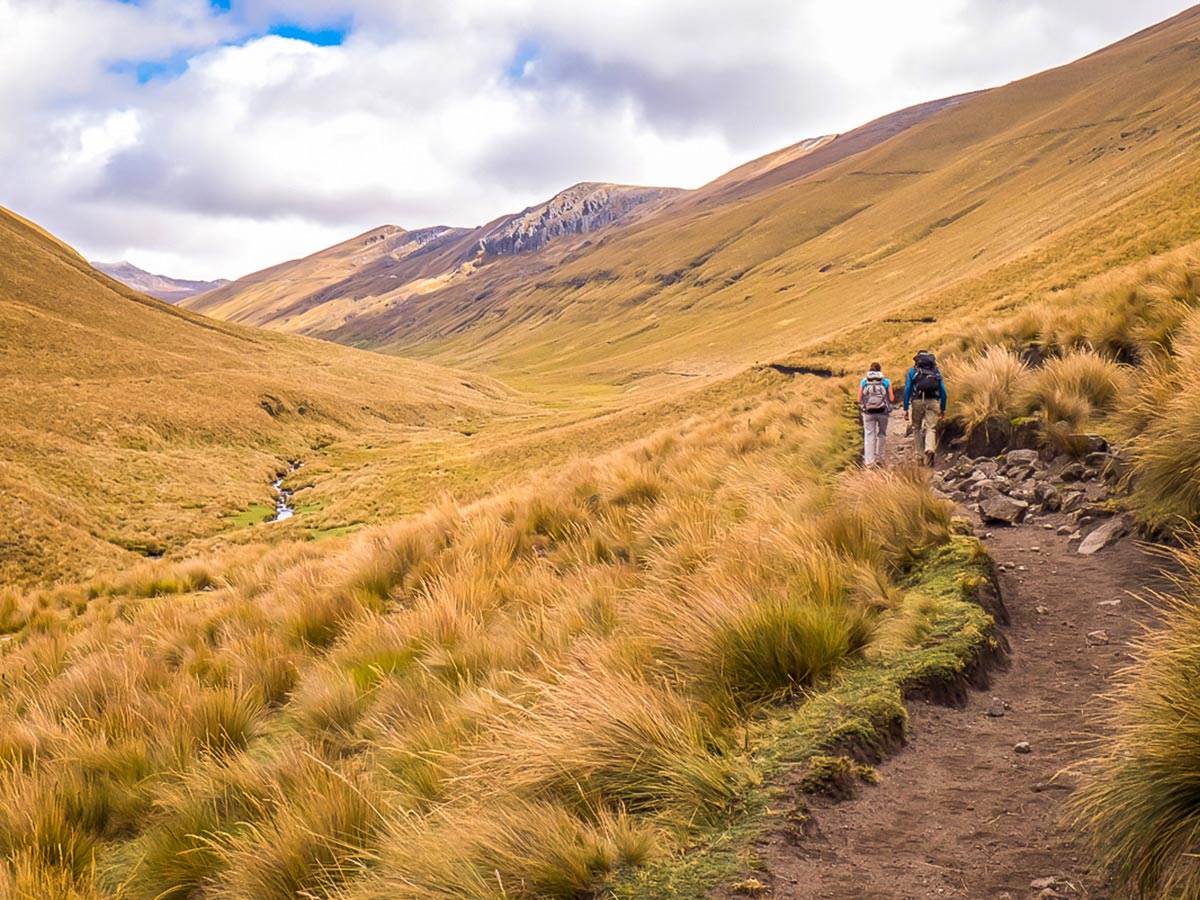
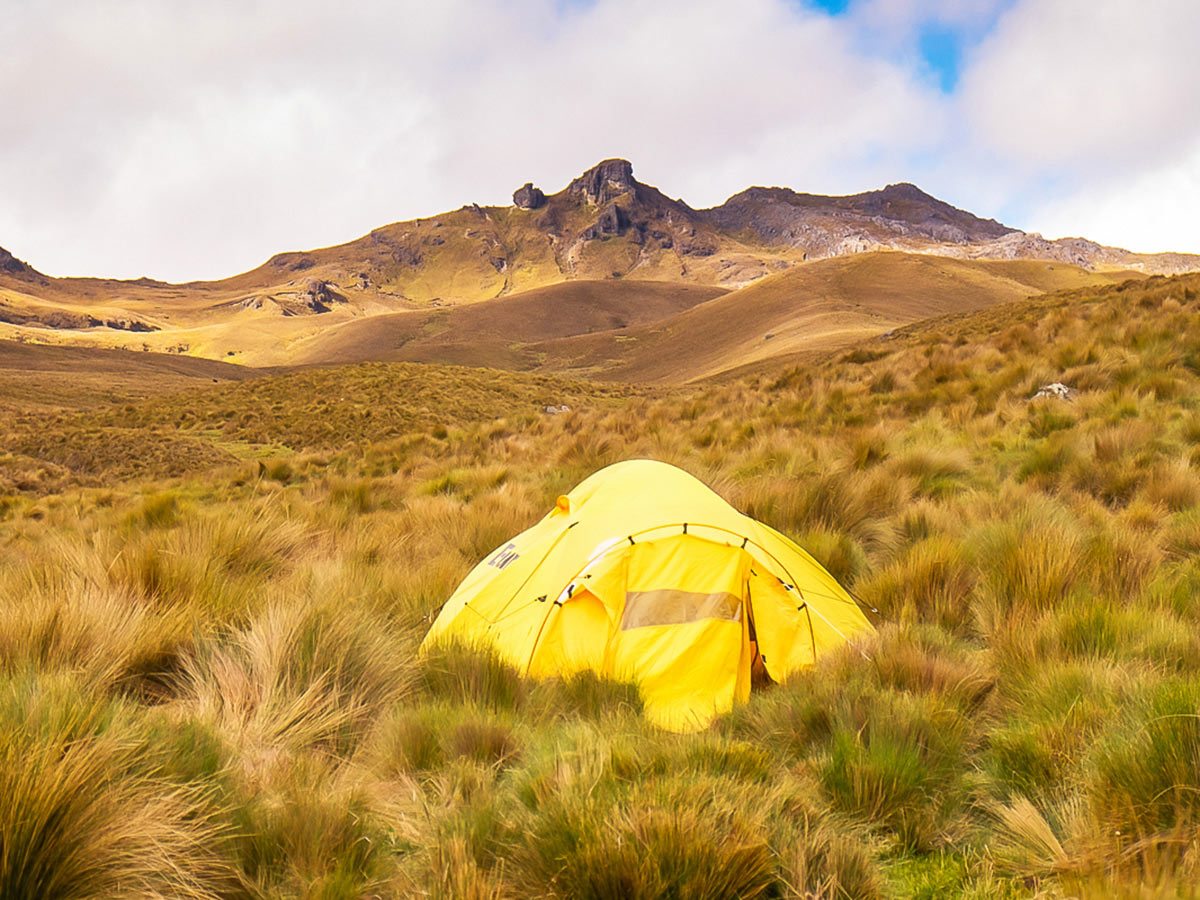
ROUTE OF THE ECUADORIAN INCA TRAIL
Ecuador’s Inca Trails Trekking Map
Day 1 starts with an ascent immediately after leaving Achupallas, as you follow a long valley towards Tres Cruces Pass. For the first two days you hike through Paramo – high altitude grasslands – with spectacular views of mountains, valleys and lakes, and the occasional glimpse of the remains of the royal Inca road and the foundations of Incan buildings.
Day 2 tends to be quite boggy, and often guiding companies will provide rubber boots for their guests to hike in. I recommend you take them up on this offer! The scenery is stunning, however, and towards the end of the day, you have the chance to rest at Parades – an Inca way-station – in the same way that the Inca couriers did several centuries ago.
Day 3 is much a shorter hike that quickly delivers you from the high paramo back into the grazed pasturelands that surround Ecuador’s largest known Inca ruins at Ingapirca.
Ecuador Inca Trail Trek Itinerary
Day 1: Drive Riobamba – Achupallas. Hike to Laguna Las Tres Cruces. 3hr drive, 6-8hrs hike.
Day 2: Laguna Las Tres Cruces – Laguna Culebrillas. 6-8 hrs.
Day 3: Laguna Culebrillas – Ingapirca. Drive to Riobamba. 2hrs drive. 3-4 hrs hike.
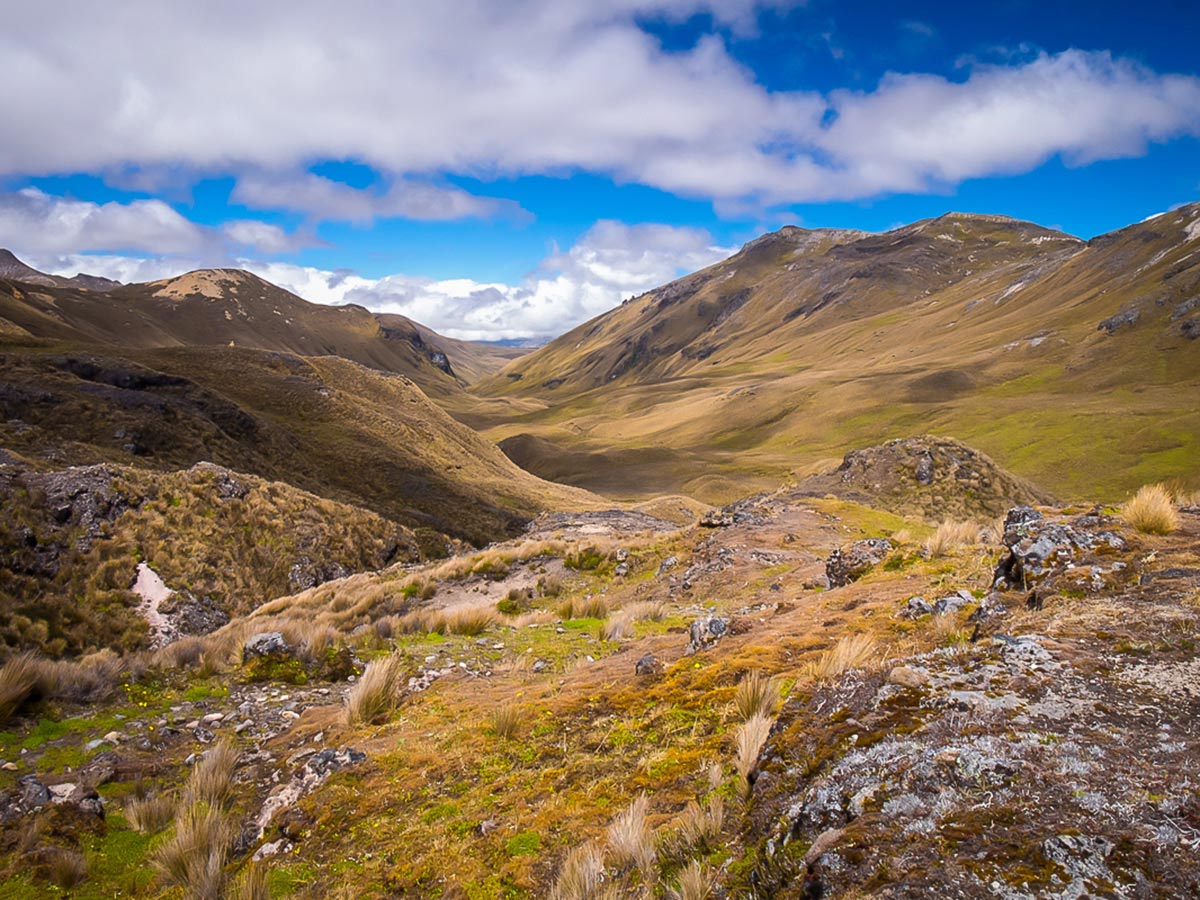

ACCOMMODATION
There is no infrastructure along the Ecuadorian Inca Trail trekking route. You will be wild camping in sites that have no toilet facilities. Please make sure you leave no trace and pack your toilet paper (and other rubbish) out with you. Also keep in mind that it will be very cold at altitude! Make sure you bring enough warm clothes and a quality sleeping bag and mat with you to keep you comfortable.
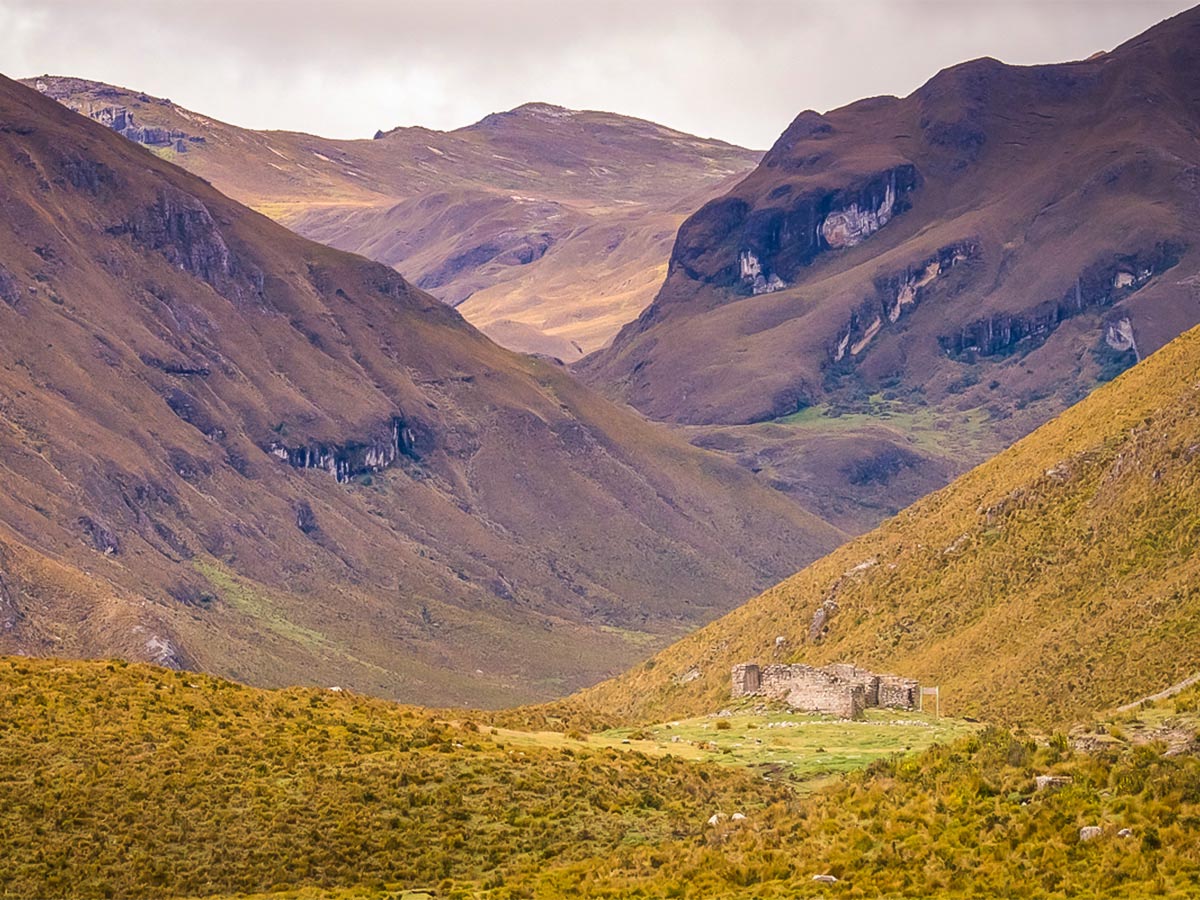
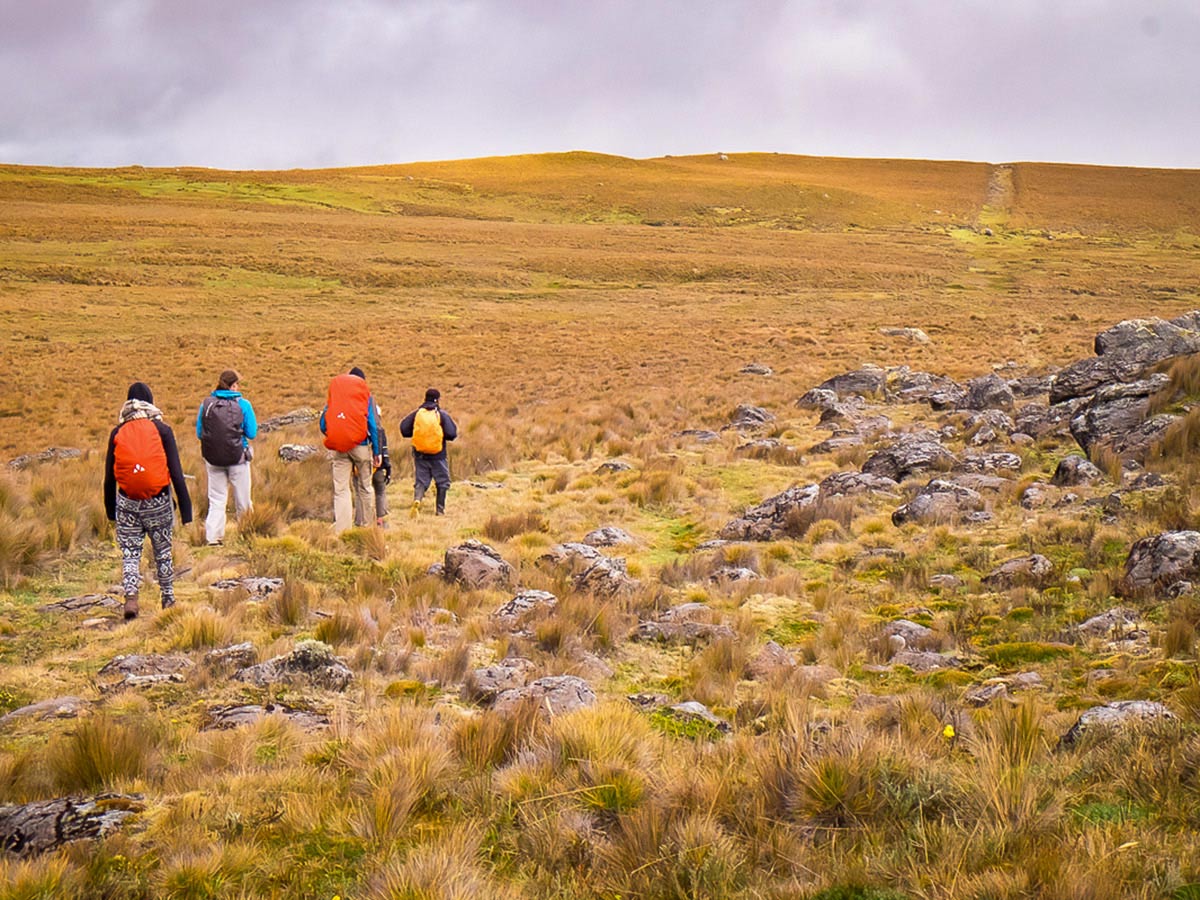
FOOD
There is nowhere to buy food along the trail once you leave Achupallas. You must carry everything you need with you. If you are doing a guided trek, the majority of the equipment, food and personal items will be carried by donkeys, leaving you only to carry a day pack. You will need to carry your own lunch pack (prepared by the company) and water each day on the hike.
To find out more about amazing trips to Ecuador, check out the Ecuador Tours.
Written by:
Lisa Germany – you can read Lisa’s trip report on her Ecuador Inca Trail experience at link.



Comments
LC-WC6 years ago
I didn't even know this trail existed. We have been looking for trek in South America, and were thinking more of Peru or Patagonia. Now this makes me think maybe Ecuador is worth a look.
Replylgermany5 years ago
It is a pretty unknown trail to be honest. Both Peru and Patagonia are spectacular (I have hiked extensively in both), but Ecuador is very overlooked as a hiking destination. Which is a shame, because there is loads of really incredible hiking to be had there.